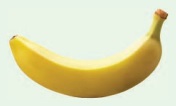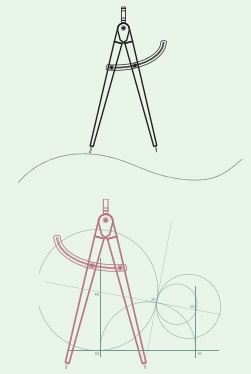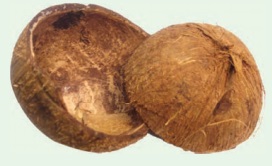Measurements | Term 1 Unit 1 | 6th Science - Student Activity | 6th Science : Term 1 Unit 1 : Measurements
Chapter: 6th Science : Term 1 Unit 1 : Measurements
Student Activity
Activity 1

Form a group of 5 members. Select one person and others measure her/his height individually using your hand span and cubit. Compare your answers with others. Do you find any differences? Why? Now you all stand in front of a wall and mark your height on the wall. Measure your height with a scale. What differences do you infer?
Activity 2
Aim: To find the length of a curved line using a string.
Materials needed: A meter scale, a measuring tape, a string and a sketch pen
Method:
* Draw a curved line AB on a piece of paper
* Place a string along the curved line. Make sure that the string covers every bit of the curved line.
* Mark the points where the curved line begins and ends on the string.
* Now, stretch the string along the length of a meter scale and measure the distance between the two markings of the string. Note it.
* This will give you the length of a curved line.

Find the length of a banana.

Activity 3
Measuring the length of a curved line using a divider

Draw a curved line AB on a piece of paper
Separate the legs of the divider by 0.5 cm or 1 cm using a ruler.
Place it on the curved line starting from one end. Mark the position of the other end. Move it along the line again and again cutting the line into number of segments of equal lengths. The remaining parts of the line can be measured using a scale.
Count the number of segments
Therefore, the length of the line = (number of segments × length of each segment) + length of the left over part.
Activity 4
Take three vessels filled with water. By looking at the amount of water guess which vessel has more volume of water. How will you check this experimentally?
How to measure the volume of the given vessel?

By looking at the amount of water we guess that cylinder vessel has more volume of water.
Experimentally we measure that water by liter beaker.
To measure the volume of the given vessel by kilo litre.
Activity 5
Construct your own beam balance using two scrapped coconut shells, strings or twines thick cardboard as frame and a little sharpened pencil as index needle.
What can you achieve?
1. Find which object is heavier
2. Find approximate weight of lighter things (leaves, piece of papers, etc)

• We achieve beam balance model.
• Student doing activity.
Activity 6
Ask four or five of your friends to run a race from one end of the school to another. Mark the starting point and the ending point. Using your pulse (or counting by saying ‘one little second’ etc) count the time taken for each of them to complete the race. Check who is faster?
Related Topics